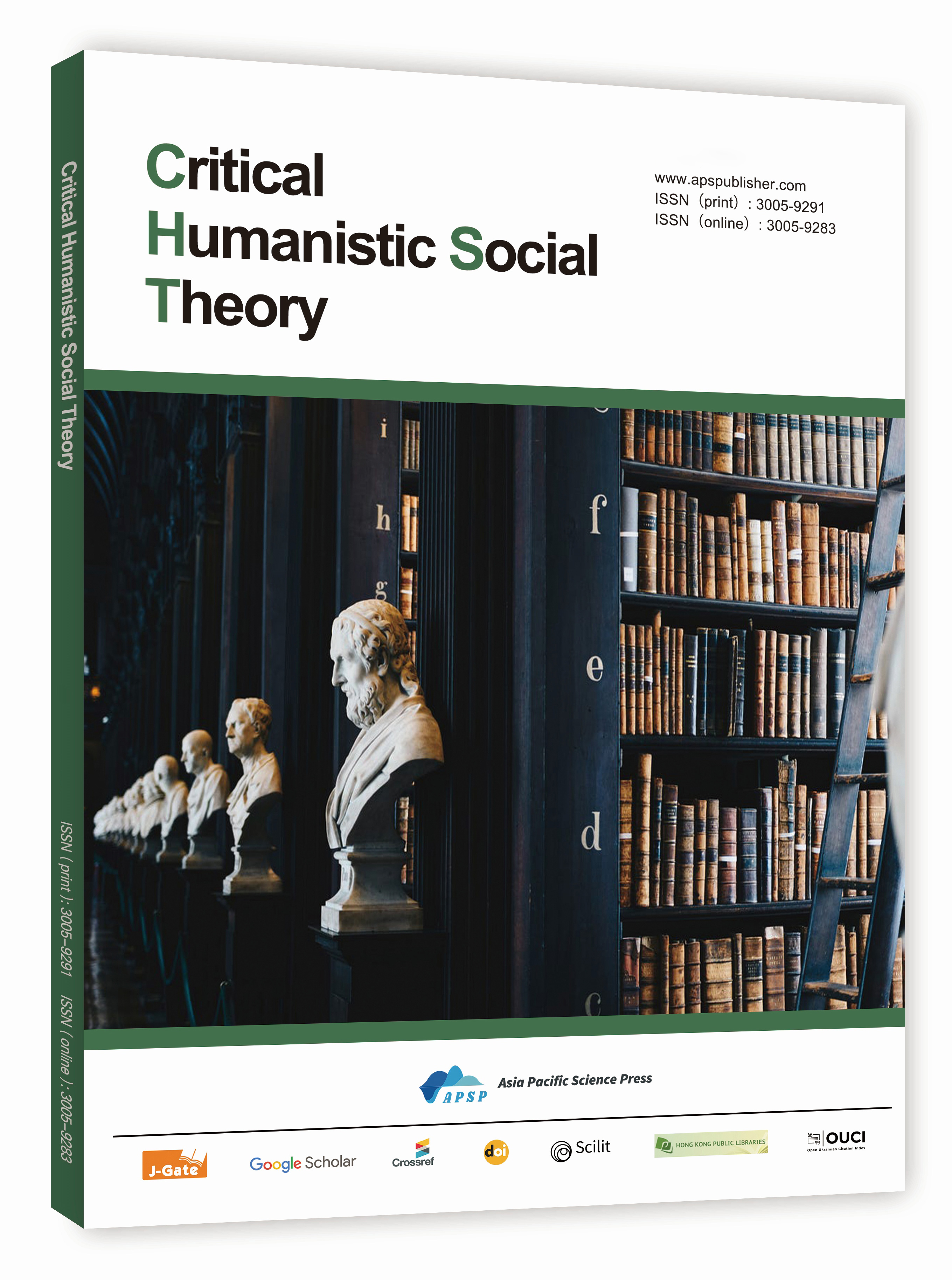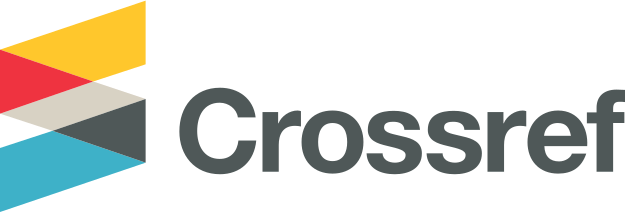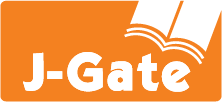The Linguistic Landscape of Chiang Mai: Multilingualism and Cultural Communication in Tourism
DOI:
https://doi.org/10.62177/chst.v2i1.148Keywords:
Chiang Mai, Tourist Signage, Linguistic Landscape, Multilingual PhenomenaAbstract
Chiang Mai, a renowned tourist destination in northern Thailand, offers a fascinating linguistic landscape (LL) that reflects the intersection of cultural heritage, globalization, and tourism dynamics. This study explores the distribution and functions of languages in Chiang Mai's public signage, focusing on the dominance of Thai, the auxiliary roles of English and Chinese, and the implications for cultural preservation and global accessibility. Thai signage reinforces cultural identity and heritage, while English and Chinese cater to the linguistic needs of international tourists, enhancing navigation and cross-cultural communication. The research highlights the dual functions of LL: its informational role facilitates practical communication, and its symbolic role reflects the city’s inclusivity and cultural richness. However, challenges such as inconsistent translations and limited representation of minority languages remain. Addressing these issues through standardized multilingual policies and the integration of technology could further improve Chiang Mai’s LL, positioning it as a global model for balancing cultural preservation and tourism. This study contributes to the growing discourse on multilingualism and linguistic landscapes, offering insights into the role of language in fostering sustainable and inclusive tourism.
Downloads
References
Almana, M. (2023). Linguistic Landscape Studies. The Encyclopedia of Applied Linguistics. Wiley-Blackwell.
Hasni, N. A., Ya Shak, M. S., Abdul Malik, N., & Anuarudin, A. A. S. (2022). Linguistic Landscape of Tourist Spaces from 2014 to 2022: A Review. International Journal of Academic Research in Business & Social Sciences, 12(10).
Napu, N. (2024). Linguistic Landscapes in Multilingual Urban Settings: Insights from Translation Perspectives. Studies in English Language and Education, 11(1), 50-65.
Nie, P., Guo, Y., & Qiu, Z. (2023). Investigation and Perspective on the Construction of Language Landscape in Scenic Spots of Ancient Cities. International Journal of Social Science and Human Research, 6(3).
Ni Kade, J., Rastitiati, N. R., Ariasri, K. A., Ngurah, G., & Suprastayasa, A. (2024). The Linguistic Landscape of Pentingsari Tourism Village in Yogyakarta: Code Switching and Multilingualism. LaCultour Journal, 3(1), 1-12.
Li, Y., Mai, Z., & Lau, C. (2023). Linguistic Landscape and Place-Making on a Resort Island in China. Journal of Tourism and Cultural Change.
Landry, R., & Bourhis, R. Y. (1997). Linguistic Landscape and Ethnolinguistic Vitality: An Empirical Study. Journal of Language and Social Psychology, 16(1), 23–49.
Lei, S., & Teng, L. (2024). A Multimodal Analysis of the Linguistic Landscape of Guilin: City as a World-Class Tourism. International Journal of Linguistics, Literature and Translation, 7(8), 1-10.
Ferenčík, M., & Bariová, D. (2023). Managing Multilingualism in a Tourist Area During the COVID-19 Pandemic. Journal of Pragmatics, 198, 27–45.
Jingze, T., & Jianguo, T. (2023). A Study of Multilingual Tourism Language Landscape in Xi'an under the Perspective of Linguistic Economics—Taking Great Tang All Day Mall, Hui Min Street and Big Wild Goose Pagoda as Examples. Journal of Social Sciences and Humanities Research, 6(4), 34.
Sholikhah, I. M., Kholifah, A. N., & Wardani, E. (2020). Multilingualism Through Linguistic Landscapes in Baturraden Tourism Resorts. Proceedings of the International Conference on Tourism.
Thongtong, T. (2016). A Linguistic Landscape Study of Signage on Nimmanhemin Road, A Lanna Chiang Mai Chill-Out Street.
Tian, J., & Tian, J. (2023). A Study of Multilingual Tourism Language Landscape in Xi'an under the Perspective of Linguistic Economics. Journal of Social Sciences and Humanities Research.
Shohamy, E., & Gorter, D. (2009). Linguistic Landscape: Expanding the Scenery. London: Routledge.
Syafroni, R. N. (2023). Counseling on the Utilization of Tourism Linguistic Landscape Theory at the Museum Subang West Java. Indonesia Berdaya Journal.
Thongtong, T. (2016). A Linguistic Landscape Study of Signage on Nimmanhemin Road, A Lanna Chiang Mai Chill-Out Street. under the Perspective of Linguistic Economics. Journal of Social Sciences and Humanities Research.
Zhao, L. (2019). Theory and Practice of Design of Place Narrative Tourism Landscape Taking the Tourism Landscape of Wuxi Canal as an Example. Proceedings of the Asia Tourism Forum.
Downloads
How to Cite
Issue
Section
License
Copyright (c) 2025 Defang Sha

This work is licensed under a Creative Commons Attribution-NonCommercial 4.0 International License.
DATE
Accepted: 2025-02-25
Published: 2025-03-12
















